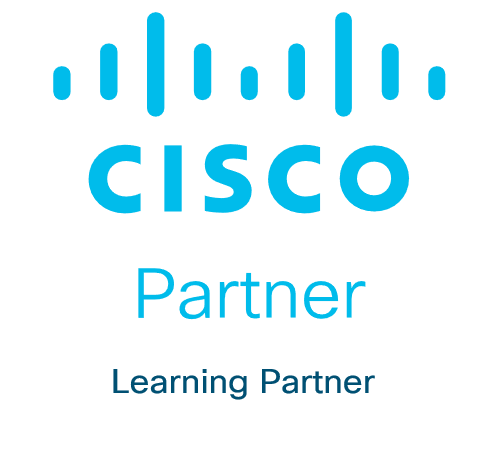What you’ll learn
Training overview
Objectives
After taking this course, you should be able to:
- Define collaboration and describe the main purpose of key devices in a Cisco collaboration on-premise, hybrid, and cloud deployment model
- Configure and modify required parameters in Cisco Unified Communications Manager (CM) including service activation, enterprise parameters, CM groups, time settings, and device pool
- Deploy and troubleshoot IP phones via auto registration and manual configuration within Cisco Unified CM
- Describe the call setup and teardown process for a SIP device including codec negotiation using Session Description Protocol (SDP) and media channel setup
- Manage Cisco Unified CM user accounts (local and via Lightweight Directory Access Protocol [LDAP]) including the role/group, service profile, UC service, and credential policy
- Configure dial plan elements within a single site Cisco Unified CM deployment including Route Groups, Local Route Group, Route Lists, Route Patterns, Translation Patterns, Transforms, SIP Trunks, and SIP Route Patterns
- Configure Class of Control on Cisco Unified CM to control which devices and lines have access to services
- Configure Cisco Unified CM for Cisco Jabber and implement common endpoint features including call park, softkeys, shared lines, and pickup groups
- Deploy a simple SIP dial plan on a Cisco Integrated Service Routers (ISR) gateway to enable access to the PSTN network
- Manage Cisco UCM access to media resources available within Cisco UCM and Cisco ISR gateways
- Describe tools for reporting and maintenance including Unified Reports, Cisco Real-Time Monitoring Tool (RTMT), Disaster Recovery System (DRS), and Call Detail Records (CDRs) within Cisco Unified CM
- Describe additional considerations for deploying video endpoints in Cisco Unified CM
- Describe the integration of Cisco Unity® with Cisco Unified CM and the default call handler
Prerequisites
This course is intended to be an entry-level course. There are no specific prerequisite Cisco courses; however, the following skills are required:
- Internet web browser usability knowledge and general computer usage
- Knowledge of Cisco Internetwork Operating System (Cisco IOS®) command line
Outline
- Define Collaboration Technology and Benefits
- Administering Initial Parameters for Cisco Unified Communications Manager
- Exploring Endpoints and the Registration Process
- Exploring Codecs and Call Signaling
- Managing Users in Cisco Unified Communication Manager
- Describing a Basic Dial Plan
- Describing Class of Service
- Enabling Endpoints and Features
- Describing the Cisco ISR as a Voice Gateway
- Exploring Cisco Unified Communication Manager Media Resources
- Reporting and Maintenance
- Exploring Additional Requirements for Video Endpoints
- Describing Cisco Unity Connection
Lab outline
- Configure Cisco Unified Communication Manager Initial Parameters
- Configure the Cisco Unified CM Core System Settings
- Deploy an IP Phone Through Auto and Manual Registration
- Administer Endpoints in Cisco Unified Communications Manager
- Create a Local User Account and Configure LDAP
- Adding Users in Cisco Unified Communications Manager
- Create a Basic Dial Plan
- Explore Partitions and Call Search Spaces
- Explore Private Line Automatic Ringdown (PLAR)
- Deploy an On-Premise Cisco Jabber® Client for Windows
- Implement Common Endpoint Features
- Implement Single-Site Extension Mobility
- Configure Jabber
- Configure Voice over Internet Protocol (VoIP) Dial Peers
- Configure Integrated Service Digital Network (ISDN) Circuits and Plain Old Telephone Service (POTS) Dial Peers
- Control Access to Media Resources
- Use Reporting and Maintenance Tools
- Explore Endpoint Troubleshooting Tools
- Examine the Integration between Unity Connection and Cisco Unified CM
- Manage Unity Connection Users



